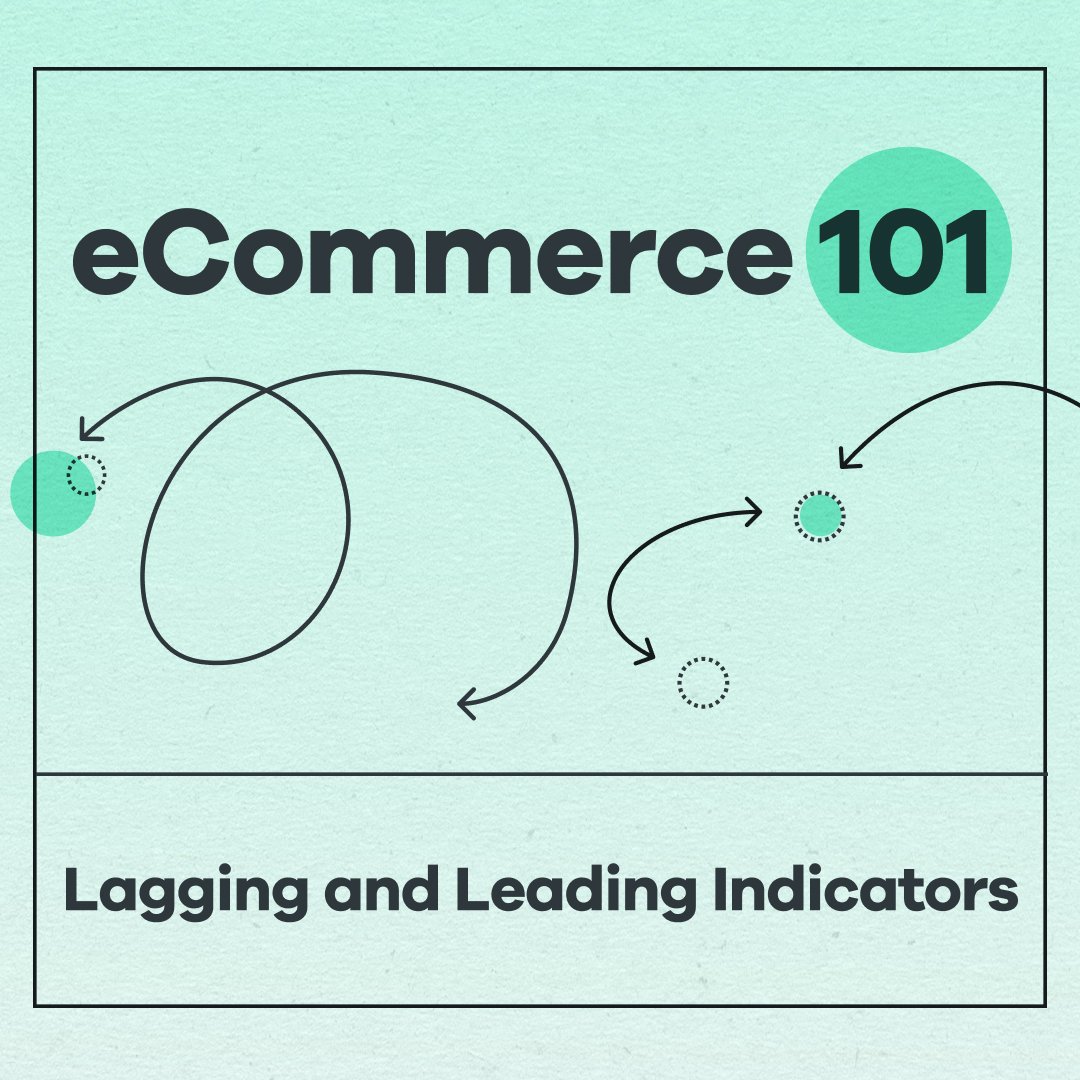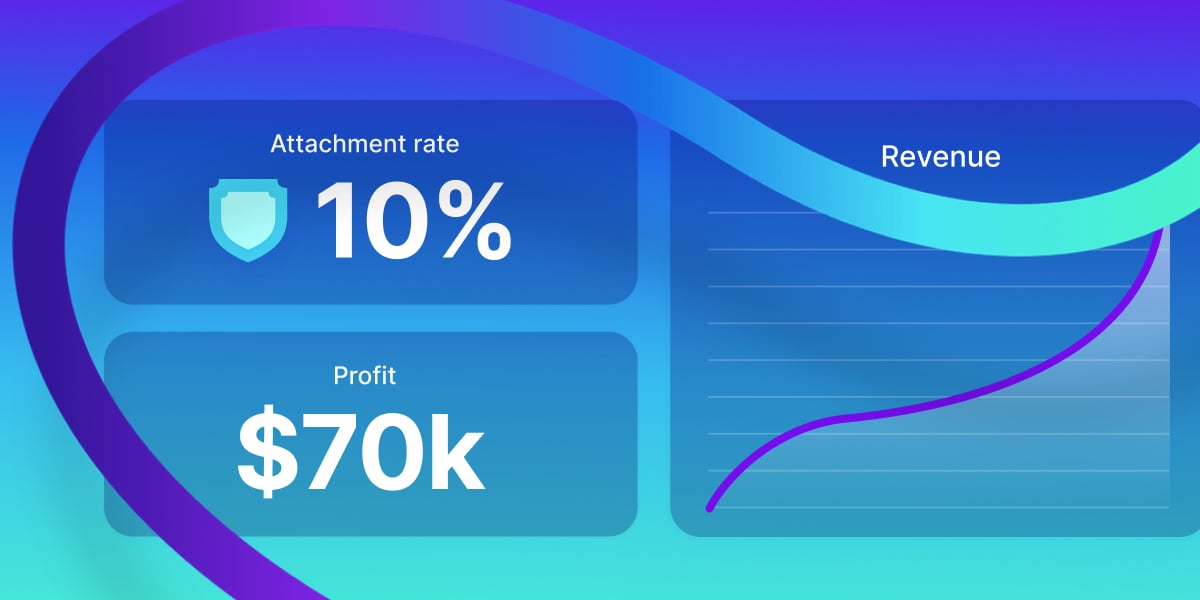In today's digitized world, eCommerce businesses are gaining momentum continuously. This also means that the competition in the field is on the rise. Businesses are on the constant lookout for techniques and strategies that can help them gain a sustainable advantage over their competitors. One pertinent way to do that is to utilize and analyze data appropriately to understand the nuances of customer behaviors and buying patterns. This is where cohort analysis comes in.
As a decision-making authority in an eCommerce company, you may have heard about the term cohort analysis. It is a crucial tool that can help you take your business to the next level. However, people often think that this topic requires one to be a data scientist to understand it effectively. But that is not true at all. A basic understanding of cohort analysis can help you read your data better and strategize effectively.
So, if you want to know more about cohort analysis and understand how you can use it to take your business forward, then this article is for you. Read on to learn more!
What is Cohort Analysis?
According to Merriam-Webster, a cohort is "a group of individuals having a statistical factor (such as age or class membership) in common in a demographic study".
In terms of eCommerce, a cohort is decided based on specific characteristics, usually, a particular action carried out within a specific frame of time. For example, everyone who bought their first product from the company in January 2020. Cohort analysis refers to the practice of studying and analyzing the behaviors, habits, and activities of a particular cohort over a fixed period.
While it may sound like segmentation, cohort analysis is much more focused on the historical data. The main idea of this analysis is to study the available data and identify the patterns and changes in consumer behavior.
How Does It Help Your eCommerce Business?
The big question is how does it help your eCommerce business?
Well, cohort analysis allows you to look beyond the obvious big picture and focus on the tiny details. It helps you understand things like order velocity and how customer behaviors modify over time. It can also give you valuable insights on which products are doing better, when customers buy more, and whether your marketing strategies are working or not. Without cohort analysis, you will perhaps only engage in topline growth.
Thus, to put it simply, cohort analysis helps you understand the behaviors of your customers and act on it.
The following are some pertinent benefits of cohort analysis for an eCommerce business.
1. Improve Customer Retention
At the highest level cohort analysis can quickly provide you a clear picture of customer retention in terms of speed to second transaction and orders per customer over time. Both of these translate to Lifetime Value (LTV) and most importantly profits as you’re pulling more revenue without additional acquisition costs. Based on the results of this high level analysis you’ll have a better understanding of the improvement or degradation in quality of newly acquired customers.
These data points can paint a comprehensive picture of a customer lifecycle and give you a quantitative evaluation of a customer. Based on the results of the analysis, you can start formulate assumptions around the ‘why’ of their behaviors and test early strategies that help retain your customers over time.
2. Predict Future Behaviors
Past customer behavior can often be your best indicator of future behavior. Being able to chart out expectations from a retention perspective can enable better planning of upcoming revenue and inventory allowing you to invest more efficiently into filling your funnel. Additionally, for seasonal businesses it can provide crucial understanding of how seasonal shoppers perform long term.
This is especially useful to plan for seasonal events like holiday shopping (November – December), back to school shopping, Valentine's Day shopping, etc. the cohort in these cases will be holiday shoppers, parents with school-going kids, and discount shoppers, respectively.
3. Tailor the Marketing Strategies
With cohort analysis, you can link attribution data to start to break down cohorts by marketing source that will impact both top of funnel and retention marketing activities.
Linking marketing attribution data with cohort analysis is crucial to understand the ROI of marketing mix. Brands with wide arrays of channels and campaigns will quickly be able to dissect short and long term value of investments and be able to better guide their spend to campaigns that generate the healthiest long term customer, not just initial conversions.
Effective marketing is one of the important lifelines of a successful business. Cohort analysis can help you to do better marketing by streamlining and strategizing your campaigns for targeted results.
4. Optimized Offers and Subscriptions
Once you know which products are doing well, you can create specific offers and advertise for them to sell more. Another way to boost sales through this analysis is to provide a subscription option to cohorts with repetitive buying behaviors. You can also manage your inventory better with this process by dropping products that don't sell and stocking up on the most-wanted ones.
Optimizations like these can help you carve out a long term framework that brings you better returns with passing time.
Important Metrics For Cohort Analysis
Below are a few of the important metrics that are necessary for effective cohort analysis.
Repeat Rate / % to Second Order - This depicts the number of returning customers vs. one-time buyers in a particular cohort. This is a key metric for understanding your retention rate.
Orders per Customer - As the name implies, it is the number of orders from a single customer in a cohort. Repeat customers usually have higher orders per customer.
Time between Orders - This is a way to measure the frequency of buying of a customer. It is particularly useful for understanding when to send out those marketing emails to your customer base.
Customer Lifetime Value (CLV) - This cohort-specific metric allows you to measure customer loyalty in terms of the money spent.
Average Order Value (AOV) - This elucidates how much different customers spend when buying from you. Sometimes, it helps to boost sales by targeting your marketing efforts towards buyers with higher AOV.
Use Cohort Analysis To Drive Your eCommerce Business
Understanding and analyzing data properly can give you that unique advantage over others in your field. Methods like cohort analysis not only help you parse your data to understand your current customers but also provides you with a predictive model for the future. You can tweak your strategies according to the analysis and get amazing results out of the process.
At Yaguara, our goal is to help companies like yours to make better decisions through the collation of data from key platforms and benchmarking against industry standards. We help teams to aggregate data, visualize key metrics, and share their goals and vision. This allows them to grow faster and become better in the future.
If you are interested in learning more about how to implement cohort analysis, book a time with our team today!









.png)

